Growing Loofah Plant – How to Grow Loofah (Luffa Gourd)
Did you know that those amazing natural scrubby loofah sponges are actually from a vegetable and not a sea sponge at all? Growing loofah plant at home is easy and then you can enjoy homegrown sponges throughout the year. Follow our simple steps on how to grow loofah (luffa gourd).
Growing loofah takes some time, so I highly recommend getting a jump start on your planting.
Here I will share with you my experience in growing luffa and how you can, too.
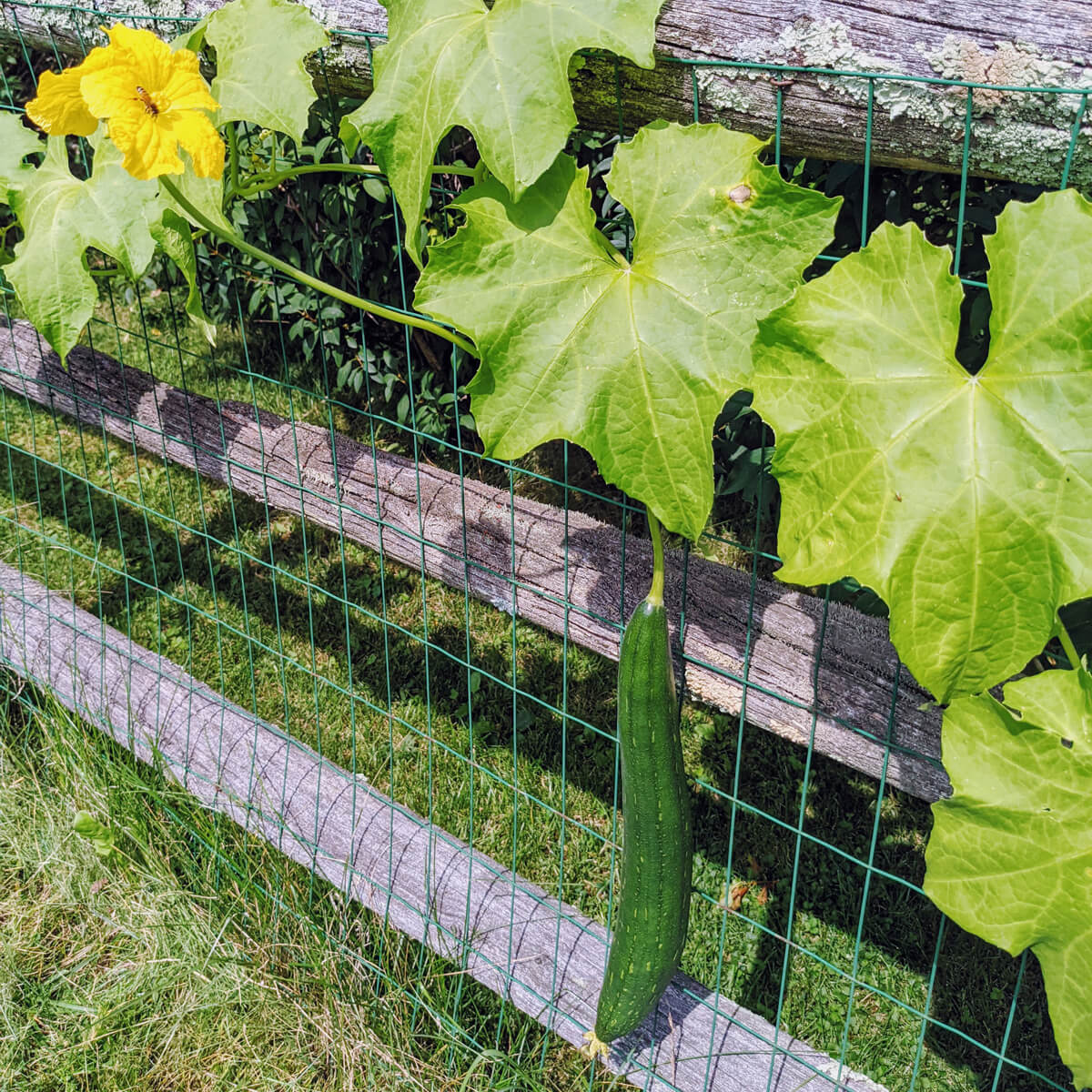
First, let’s learn a little more about this interesting vegetable!
What is a loofah?
Botanically known as either Luffa aegyptiaca (angled luffa) or L. acutangular / L. cyclindrica (smooth luffa), depending on the species, the loofah plant (also simply spelled luffa, or by some, loofa) is part of the gourd family. Generally spelled luffa or occasionally loofa, these vegetables join pumpkins, squash, melons, other gourds, and cucumbers in the Cucurbitaceae family.
The angled or ridged luffa has spines running down the length of it. Meanwhile, the smooth luffa is rounder with creases instead of ridges. Both should serve you well if you’re looking for some homegrown sponges!
Where do loofahs come from?
Natural loofahs come from the dense, fibrous interior of the luffa gourd. Loofahs are useful in a number of ways. After removing the skin and shaking out the seeds, you can slice up dried luffa gourds into individual sponges for cleaning, beauty, crafts, and more.
When growing loofah, how long does it take to mature?
When growing loofah, expect it to take between 90 and 120 days for the plant to mature. Of course, you may harvest luffa gourd young and use it in cooking. Do this while small, long before the interior becomes very tough and fibrous. If picked too soon, the luffa seeds may not be fully mature or viable.
As with anything, your mileage may vary and practice makes perfect. Give growing loofah plant a try and see how it goes. You can always do it differently next year!
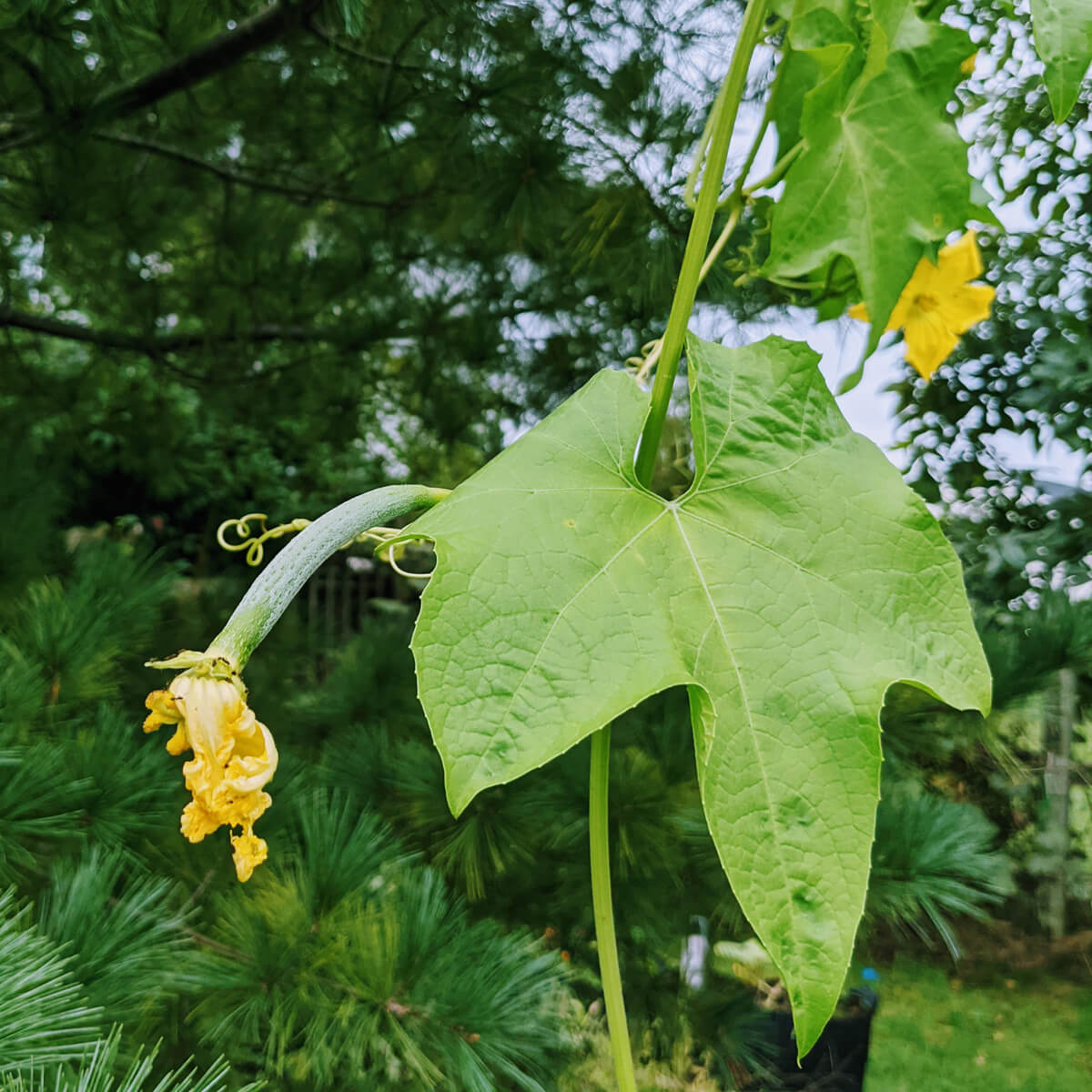
What are the loofah growing zones?
The best loofah growing zones are zone 7 and higher. For those in colder climates with growing zone 6 and below, be sure to start luffas indoors early to achieve the full growing season.
Here where we are in PA zone 6b, I’ve noticed both years the seeds we collect are more of a gray or tan and not the dark black ones like we planted. I am guessing our luffa gourds were not 100% done their growing season.
Better luck for 2022!
How to Grow Luffa
Learning how to grow loofah (luffa) is just as easy as growing other vegetables. It’s important to start luffa seeds indoors if you live in a region colder than growing zone 7.
Follow these tips to grow luffa gourd:
- Decide if you wish to try winter sowing outdoors or simply starting loofah under some grow lights indoors. (Click on over to my winter sowing post and follow those steps if you’d like to grow them that way!)
- To grow luffa indoors, first prepare a small nursery pot with potting soil. (You can also use egg cartons or seed starting trays, but you may need to “pot up” relatively soon due to the plant size.)
- Plant loofah seeds about ½ inch deep in the potting mix.
- Lightly cover the seeds.
- Water evenly and place the seeds under some grow lights.
- Monitor for signs of growth and watering needs daily.
- If the loofah plant begins to outgrow the pot, you may need to transplant the seedling to a larger pot.
- As the warmer weather nears, begin hardening off the young plants so they can make the transition to their fulltime homes outside.
Tips on Growing Loofah
Here are a few tips on how to grow loofah.
- Start luffa indoors early. Just another reminder to make sure you don’t miss the full loofah growing season. Start seeds indoors 6-8 weeks before the final expected frost date.
- Keep in mind that luffa gourds are vining plants and they like to climb. Try planting them near a fence, trellis, or other structure they can use for support.
- Try soaking luffa seeds. If desired, you can soak loofah seeds for 24 hours before you plant them.
- Consider winter sowing as another option. If you like, you can even plant some luffas indoors and some in jugs outside. It would be a fun experiment to see which ones do better!
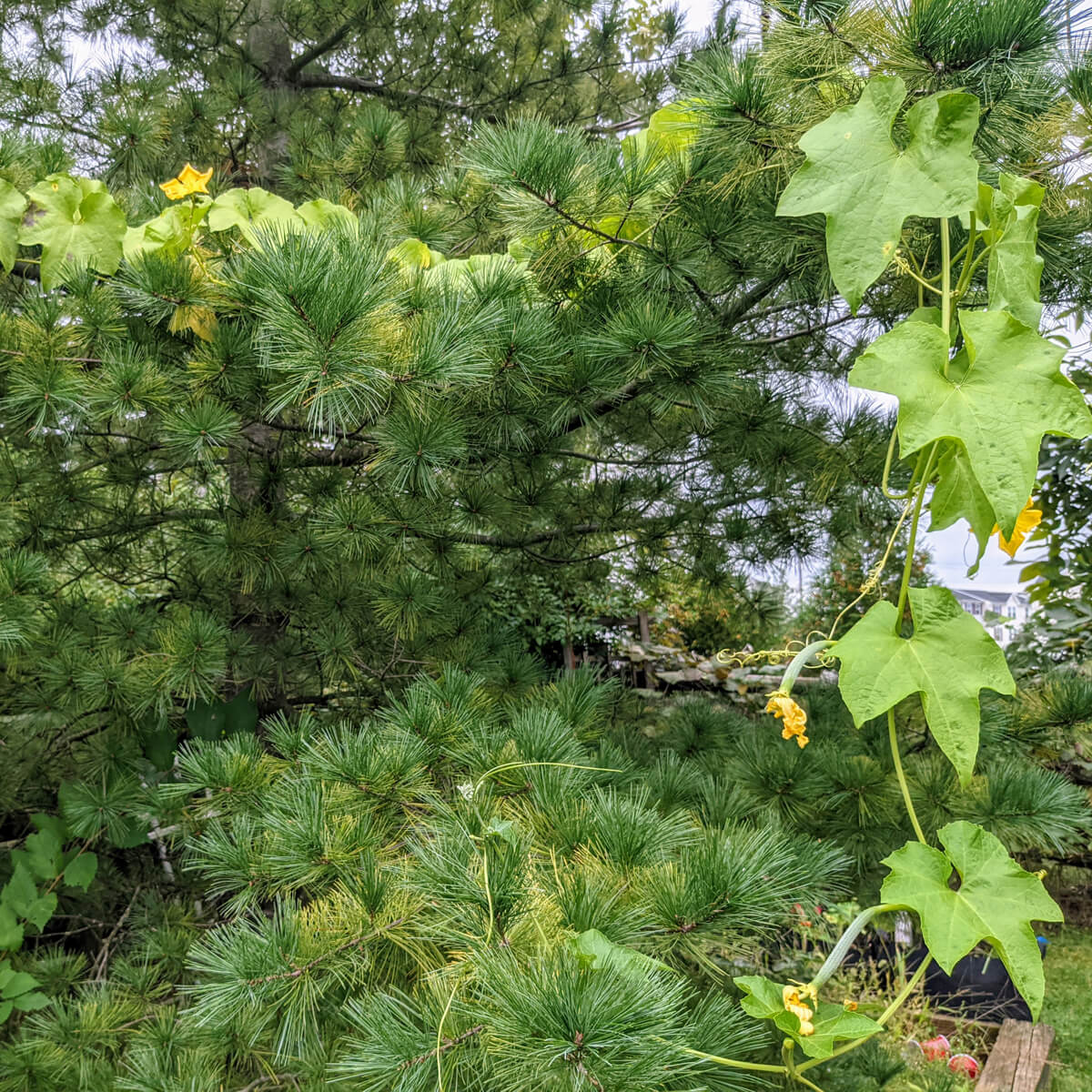
How many Loofahs Per Plant
When growing luffa gourd, you may find that several flowers get pollinated and you have a few gourds growing at the same time. Some luffa plants can produce gourds in the double digits, but about 5-6 luffas per plant is more common.
You may wish to take some small ones off the plant for cooking once you have 3-4 growing. This way the luffa plant can use all the energy to grow larger gourds and hopefully they will reach maturity.
Grow Your Own Loofah
Now that you know how to grow luffa, make sure you get started! It only takes a matter of minutes to plant some seeds and get your journey started.
I am hopeful that this year our luffas will grow even bigger and better than before! Our 2021 garden gave us one nice sized luffa, which we saved and cut up for loofah sponges, and a handful of smaller ones.
One day I’d like to make those cute homemade loofah soaps. For now I’ve removed seeds and sliced up a few sections until we learn that process.
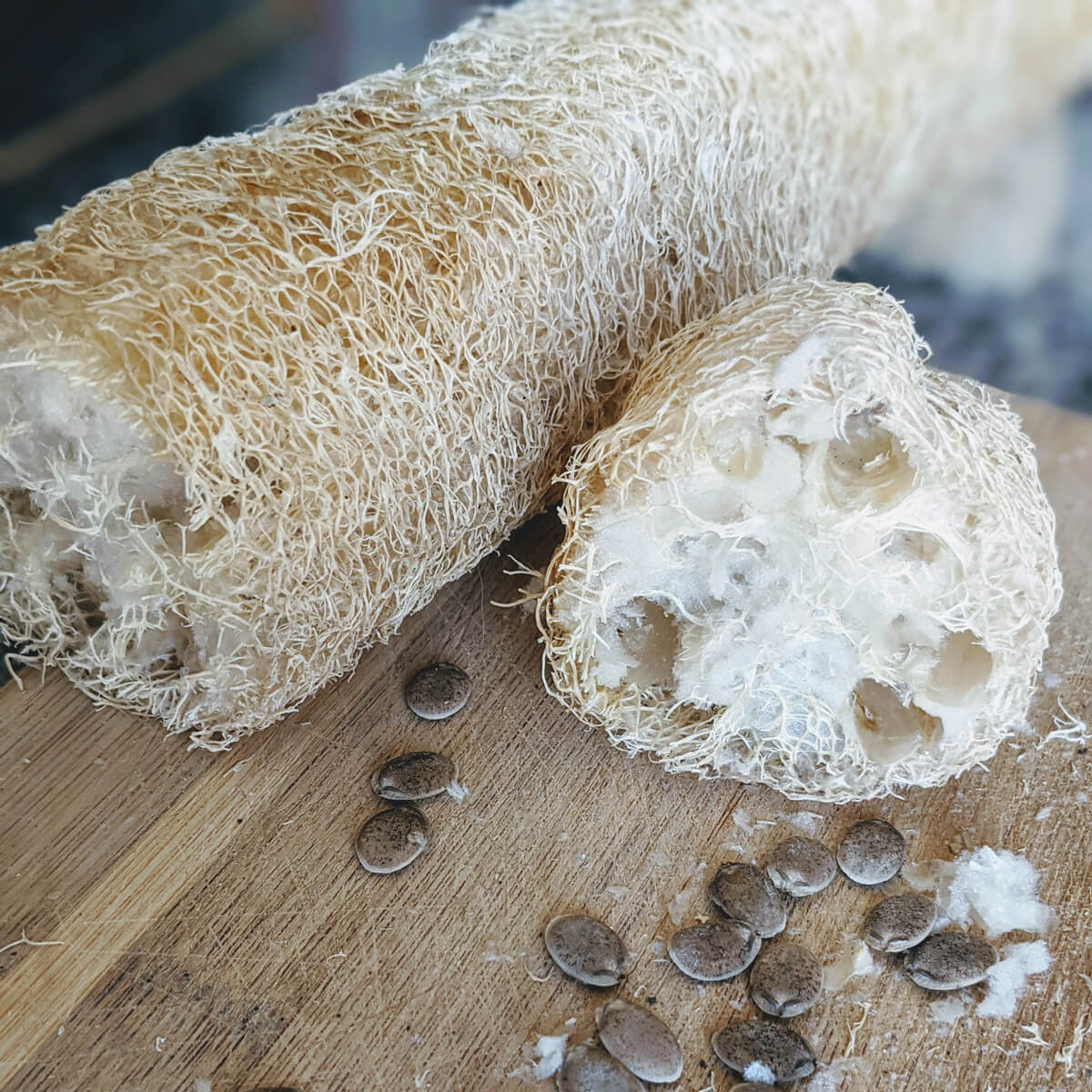
Also, in regards to eating luffa gourd, one summer night, we did try it with some other grilled vegetables. I’ll try it again one day, but just admitting at this moment in time, that one wasn’t my favorite.
Are you a loofah growing expert? Can you share some additional tips for readers?
Or maybe you are new to growing luffa. If that’s the case, and you have any questions, ask away!
We always love hearing from you and sharing gardening stories.
Happy Gardening!

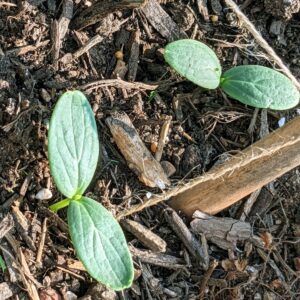
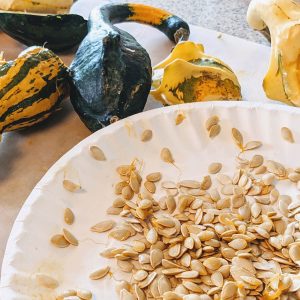
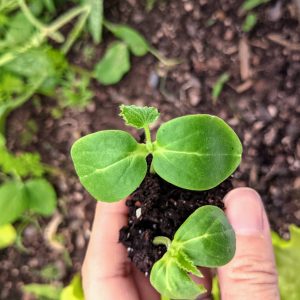
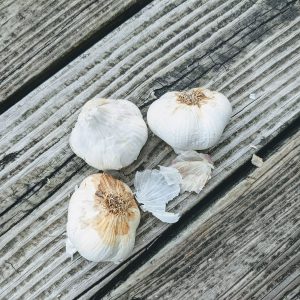
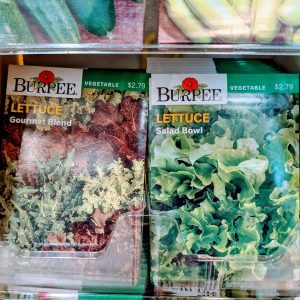
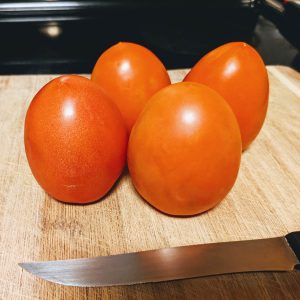
Hi – my first loofah crop was earlier this year – I learned a lot. Just wondering, if I use the seeds from the loogahs I managed to harvest – do you think the loofahs will grow healthy or be kind of puny like the parent? (I didn’t have the right sun, soil or watering which of course affected the gourds). Thanks!!
Hi Wendy, great hearing from you! Thanks for stopping by to share your experience and question. It’s a great one! The best advice I have is to select seeds based on the traits you want to retain. So, if you felt the gourds that grew were sub standard from what you’d hope to achieve, I would suggest purchasing seeds from a known retailer. Especially if growing space is limited! (I am working on trait selection with zinnias! I save seeds to hopefully retain color, petal shape and fullness, and so forth. 🙂
I believe you can also grow larger luffa gourds if you start them indoors before the frost is done. Mine that I direct sowed outside were definitely puny as well, but I had better luck with those I started from seed indoors ahead of time! Thanks so much for your comment – I hope this helps and let me know if you have any other questions! Best of luck in your garden!